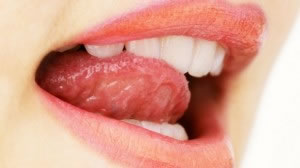Red is sweet and blue is salty: Colours, cutlery and taste perception
The way a food’s flavour is perceived is not just about its basic ingredients – colour contrast and even the type of cutlery used can also influence taste, according to new research.
Reformulation is just one tool available to food companies to steer consumers toward healthier options, and increasingly, researchers are discovering the role of sensory cues beyond flavour in taste perception.
Now researchers from the University of Oxford in the UK have examined the impact of different food colours and cutlery shape and weight on consumers’ eating experience.
They found that colour contrast was important, as tasters perceived white yoghurt eaten with a white spoon to be denser and more expensive than pink-coloured but identically flavoured yoghurt eaten with a white spoon. Both pink and white yoghurts were perceived as less sweet when eaten with a black spoon. This was judged desirable for the pink yoghurt, but not for the white yoghurt.
In addition, the yoghurt was preferred when the weight of cutlery matched expectations – that is, the plastic spoon was light, as plastic usually is, rather than weighted.
Yoghurt tasted from a blue spoon was perceived as saltier – an association that the researchers suggested could be cultural, as blue packaging is often associated with salty snack products in the UK.
Cutlery shape also affected preference for cheese, with participants judging cheese tasted from a knife as saltier than cheese tasted from a spoon, fork or toothpick.
Could changing environments help people make healthier choices?



































